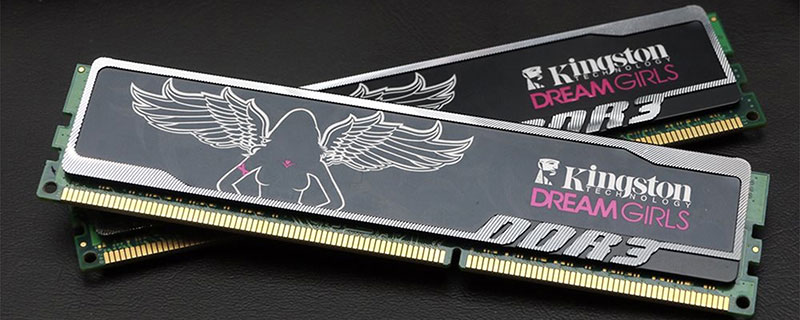
In Part 1 of this series, we explained what to look at when matching RAM with different platforms. In this installment, I’m going to explain the importance—or lack thereof—of DDR4 cooling, and why you shouldn’t run your system with only one memory stick.
Cooling
DDR4 memory for normal operation is satisfied with low voltages and, most importantly, doesn’t consume much power. RAM heat spreaders are more for aesthetics than for actual practical use (with consumer-grade hardware). If you are not a die-hard overclocker, don’t pay too much attention to this aspect.
Especially don’t fall for gimmicks like liquid cooling, it is a snake oil on two levels. DDR4 doesn’t heat up much and most importantly, for efficient heat dissipation, an adequate surface is needed. And the example below clearly lacks a heat spreader surface.



Finally, I’d strongly encourage you not to remove the factory-installed heat spreader, as doing so can permanently damage your RAM modules. If you happen to need naked RAM sticks for some reason, just buy bare modules.

Integrated graphics card
If you are using an integrated GPU, and want to play games, RAM performance is crucial. A discrete graphics card is equipped with its own memory, but an integrated card has to rely on standard RAM and share it with the CPU. And it is a bottleneck because system memory (~50 GB/s) is way slower than memory placed even on mid-tier GPUs (~ 400 GB/s).
If you’re sporting an integrated GPU, your budget is obviously a factor. If you plan to play games, however, it’s advisable not to get too tightfisted—buy RAM modules that promise a good performance-to-price ratio.
Also, remember that integrated GPU “consumes” some of your RAM. That means that if you have 8 GB RAM and have allocated 2 GB for the GPU, only 6 GB of RAM would be usable and visible in your system.
Channels
Running RAM in a single-channel configuration is a great and unnecessary loss of performance. Especially when you are rocking integrated graphics. If you have to choose between one 8 GB memory stick and two sticks at 4 GB each, go with the two.
Triple channel, quad channel or hexa channel configurations don’t provide so much edge over dual channel as going from single channel to dual channel will. But still, if there’s performance to be gained with minimal effort, why wouldn’t you take advantage? Just check the motherboard manual, because properly populating DIMM slots to make a quad channel work may not be as intuitive an operation as you might think.
Here you can find a well-executed performance comparison. Unfortunately, most reviewers handle such tests in games in GPU-bound locations and their results are far from representative. To really show the differences you need tests made in CPU-bound locations.
Finally, don’t confuse running 4 RAM sticks in a dual channel-capable system (like LGA 1151) with a genuine quad channel (like LGA 2066).


The problem of an underperforming single-channel configuration is both ubiquitous and severe in notebooks. Many new models are equipped with just a single memory stick. It is a good idea to take the time to check the specifications or reviews to see how many sticks are installed before you decide to buy something.
It is also worth checking if your new laptop has DIMM slots at all. Manufacturers increasingly solder RAM modules directly onto their notebook motherboards. And there is no way to change it or upgrade it. Myself, I’d steer clear of such notebooks.
RGB
RGB lighting on memory sticks once hindered RAM overclocking, leading users to report numerous issues. But manufacturers have solved these problems. So if you want memory with RGB, go for it. Just be sure they support your RGB system (like Aura Sync or Mystic Light Sync).
Part II Takeway
- Make use of all the memory channels your platform provides.
- Don’t fall for the marketing of miraculous RAM cooling.
- If you like RGB in your RAM kit, step up and buy it.

















